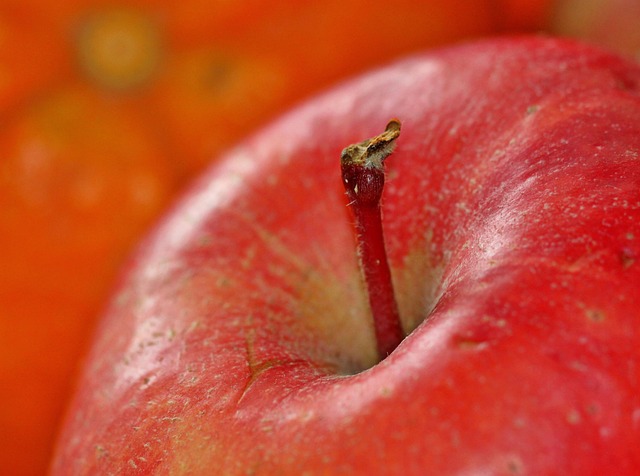Understanding Calories in Fruits for a Healthy Lifestyle
When we think about fruits, many of us envision vibrant colors, refreshing tastes, and an abundance of nutrients. But behind this delicious facade lies the essential concept of calories. While it’s easy to get lost in the numbers, understanding the caloric content of fruits can empower us to make informed decisions for a healthy lifestyle and nutrition.
Embracing Healthy Nutrition
Incorporating fruits into our daily diets not only serves to satisfy our sweet cravings but also contributes significantly to our overall health. Fruits are rich in vitamins, minerals, and fiber—all vital components of a balanced diet. However, it’s equally important to understand that fruits contain calories, which are a measure of the energy they provide.
For instance, a medium-sized apple contains about 95 calories, while a banana has approximately 105 calories. These numbers may seem small in isolation, but they can add up throughout the day. This is where the power of calories in fruits plays a crucial role in meal planning and maintaining a healthy lifestyle.
Caloric Awareness for a Healthier Lifestyle
Being aware of the calories in fruits can help us achieve our health goals. Whether you’re trying to lose weight, gain muscle, or maintain your current weight, understanding how many calories you’re consuming will guide your choices. For example, if you’re looking for a low-calorie snack, opting for berries over a banana might be a wise choice, as a cup of strawberries contains about 50 calories.
However, it’s essential to appreciate that calories aren’t the enemy here. The natural sugars found in fruits come along with fiber, which aids digestion and promotes a feeling of fullness. This means that eating fruits can actually help curb your appetite and prevent overindulgence in unhealthy snacks, aligning perfectly with your goals for a healthy lifestyle.
Choosing the Right Fruits
When it comes to fruits, variety is key! Not only do different fruits offer unique flavors and textures, but they also provide distinct nutritional benefits. For a nutrient-dense diet, try to include fruits that are lower in calories but high in vitamins and minerals, such as watermelon, cantaloupe, and citrus fruits.
On the other hand, more calorie-dense fruits like avocados and bananas also have their place in a healthy diet, as they offer healthy fats and important nutrients. The key is balance—ensuring you have a mix of both low and higher calorie fruits in your diet to fuel your body effectively.
Mindful Eating and Caloric Context
Mindful eating goes hand-in-hand with understanding calories in fruits. Paying attention to how and when you eat can impact your overall nutrition and lifestyle. Instead of mindlessly snacking on dried fruits (which can be surprisingly high in calories due to their concentrated nature), savor a fresh piece of fruit that has its full hydration and fiber intact. This small shift can make a big difference in how satisfied you feel.
Incorporating fruits into your meals—perhaps as a topping on yogurt, a blend in smoothies, or as a vibrant salad ingredient—makes delicious sense. By being aware of the caloric values, you can truly unlock the power of fruits, enhancing both your nutrition and the enjoyment of healthy eating.




